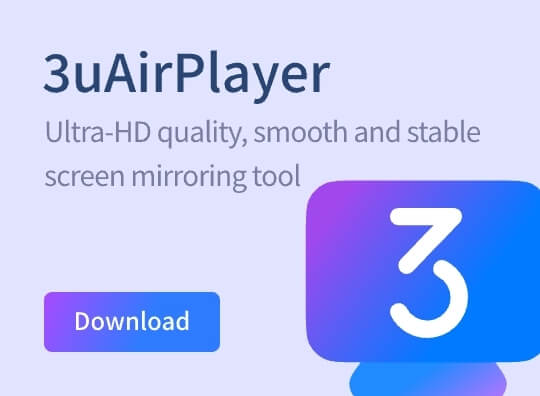Apple May Have Solved the Biggest Problem with Embedding Face ID in the Display
01/16/2025
1093

We know from previous Apple patents that the company is hard at work figuring out ways of embedding Face ID in the display of future iPhones.
The biggest barrier here is that the infrared light needed for Face ID doesn’t travel well through a display – but a newly-granted Apple patent suggests that the company may have figured out a solution …
Embedding Face ID in the display
Former Apple design chief Jony Ive had long seen the holy grail of iPhone design to be “a single slab of glass.” From the front, you would see no bezels, no notch or cutout, just uninterrupted display. Ive may be long gone, but the company is believed to be still working toward that vision.
That would require eventually embedding everything in the Dynamic Island beneath the display, including both the front-facing camera and Face ID tech.
The camera is a longer-term goal. While it’s technically possible today, the quality it permits is nowhere close to acceptable for an iPhone. For that reason, it’s a near-certainty that embedding Face ID in the display will happen first.
Solving the biggest problem
While it’s possible for infrared light to travel through displays, IR transmission is extremely poor, which would make face-recognition much slower and less reliable than it is now.
Apple has previously toyed with selectively deactivating certain pixels in order to improve transmission, but a patent granted yesterday (spotted by Patently Apple) describes a simpler and more reliable approach: removing some subpixels.
A pixel comprises separate light emitters for red, green, and blue. These emitters are known as subpixels, and mixing them in different ways at different levels is what allows a pixel to display any color. Apple suggests that some of these subpixels could be removed to allow infrared light to pass through the gaps.
The idea is that the missing subpixels wouldn’t be noticeable to the eye because Apple would only eliminate a subpixel when it was right next to the same-color emitter of a neighboring pixel. The subpixel of the adjacent pixel could effectively be borrowed to create the same color mix.
Apple also suggests that parts of the touch-sensitive mesh could be removed in the same areas to further remove barriers to infrared transmission. Given that these would be subpixel-sized holes, they would not affect touch accuracy.
Source: 9to5mac













